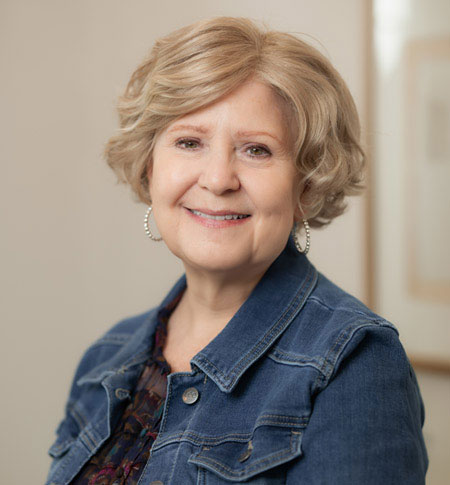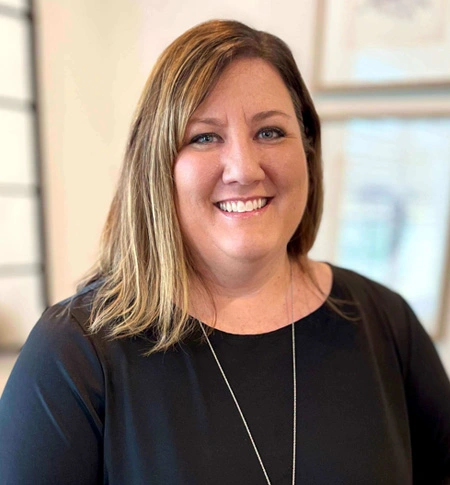While experiencing Anxiety in childhood is very common, and in some cases normal or even desirable, the number of children exhibiting symptoms of Anxiety has increased dramatically since COVID and the various responses to the pandemic. In fact, most psychologists and therapists have waiting lists due to the increase in demand for services at this time. In this post we will address ways in which we can support our children who suffer with Anxiety. First, let’s distinguish between fear, anxiety and anxiety disorders. We will then talk about origins, symptoms, treatment, and some of the common sense supports parents and caregivers can effectively utilize.
Fear is a state of arousal, tension, or apprehension that can be tied to a specific and identifiable stimulus or situation. Some of the more common fears children experience include thunderstorms, car accidents, or spiders. Sometimes people enjoy being scared; think about scary movies, haunted houses, and bungee jumping. Anxiety is a sense of uneasiness, apprehension, or fear that is vague or unknown; it may be a sense of impending doom. Some of the more common sources of Anxiety for children (and adults) include fear of failure, abandonment, social acceptance, public speaking, or dying.
An Anxiety Disorder may be diagnosed when the Anxiety is excessive and causes significant disruption in the child’s day-to-day living. For example, some children have difficulty separating from their parents in order to attend school or refuse to sleep in their own bed. There are a number of Anxiety Disorders that can be diagnosed including Generalized Anxiety Disorder, Separation Anxiety Disorder, Specific Phobia, and Obsessive Compulsive Disorder. For the purpose of this post, we will address Anxiety in very general terms.
Where does Anxiety come from? This is a question that I am often asked by clients. Research suggests Anxiety can have a genetic component, it can be a learned behavior, and can also develop in response to an event. Anxiety tends to run in families, being passed down from one generation to the next. Anxiety can also be a learned behavior. As a young child we may see adults or other children respond to stressors by exhibiting Anxiety or anxious behaviors. We then learn that this is the way to respond to stressors – we learn to respond with anxious behaviors, to mimic the behaviors of others. Anxiety can also develop in the absence of genetic predisposition and observation. Children that are more likely to develop Anxiety are firstborn children, and only children. Of course, this doesn’t mean that every only child or firstborn will develop Anxiety; however, as a group they are more at risk.
When is Anxiety normal? It is normal for infants to develop a sense of strangers at around 6-8 months of age. They may cry when passed from their primary caregiver to a family friend or extended family members. This type of Anxiety passes as the child develops a sense of permanence and relationships. It is also normal for young children to be fearful of new situations and events. This generally passes as the child has positive experiences in new circumstances. Research demonstrates that Anxiety tends to peak in later elementary school and then diminishes. Of course, some people remain Anxious their entire lives.
Symptoms of Anxiety can be quite varied. Some children experience Anxiety physically and will complain of headaches, stomachaches, and an intense desire to run (fight or flight response). Some children experience mental thoughts such as “What if I fail?” “I can’t do this!” or “I am so stupid!” Anxious children may develop insomnia, eating disorders, social withdrawal, and school refusal.
Treatments for Anxiety are also quite variable. There are specific treatments for different Anxiety Disorders ranging from psychotherapy to meditation and medication which are beyond the scope of this post. Generally, my first response to treating Anxiety is to tell the individual that we are not looking for a cure, rather we are looking for ways to anticipate, identify, and manage Anxiety.
Here is a partial list of techniques and tools (in no particular order) we utilize at Acorn to Oak for the management of symptoms of Anxiety. Different people find different techniques helpful. Try lots of different tools to find the ones that are most useful for your child.
- Visualization – think of a favorite place to visit (like the mountain or seashore) and remember the specific sights, sounds, smells, sensations and tastes you experience there. The more detailed the memories, the better.
- Transitional objects – keep a photo or reminder of a loved one in your pocket to look at when Anxious.
- Recite a poem or mantra that is calming.
- Sing a song
- Have a cup of tea
- Go for a walk
- Deep breathing
- Positive self-talk
- Journaling
- Mindfulness activities (we have a deck of cards with 30+ different mindfulness activities that can be utilized
Parents can be particularly helpful in the following ways:
- Model confidence and openness to new activities
- Do not teach the child to avoid all stressors, rather teach them to tolerate mild discomfort and conquer their anxious thoughts and feelings.
- Provide reassurance
- Listen to your child’s fears and worries, acknowledge their feelings, and assist them in finding meaningful ways to manage their Anxiety







